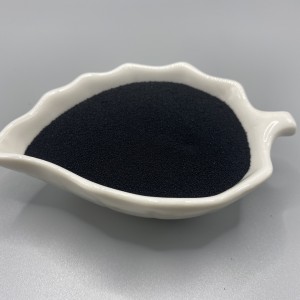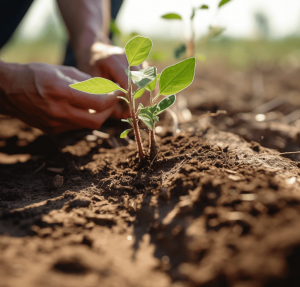Cotton lodging may be affected by many factors, including climate, soil, plant growth, etc. Here are some effective cotton lodging prevention measures:
Choose suitable varieties: Choose cotton varieties with strong lodging resistance. These varieties usually have stronger stems and root systems and can better resist the impact of the external environment.
Reasonable fertilization: Appropriate application of nitrogen fertilizer can help enhance the toughness of plant stems and reduce the risk of lodging. However, excessive fertilization may cause the plants to grow excessively and increase the risk of lodging.
 |
Seaweed Extract Black Alginic Acid 18% K2O 18% Organic Matter ≥45% Cytokinin 200ppm Gibberellin 100ppm |
 |
Control plant density: Properly control plant density to avoid stems that are too slender and fragile, which helps reduce the risk of lodging.
Prevent and control plant diseases and insect pests: Take timely measures to prevent and control plant diseases and insect pests to avoid plant lodging caused by plant diseases and insect pests.
Support cotton plants: During the growth period of cotton, supports can be set up in time to support the plants, reducing the burden on the plants themselves and reducing the risk of lodging.
Prevent natural disasters: For natural disasters that may cause lodging, such as wind disasters, heavy rains, etc., corresponding preventive measures can be taken, such as setting up wind curtains, drainage ditches, etc., to reduce the impact of natural disasters on plants.
In summary, cotton lodging can be effectively prevented through measures such as selecting suitable varieties, rational fertilization, controlling plant density, preventing pests and diseases, supporting plants, and preventing natural disasters.
Post time: Aug-30-2024




